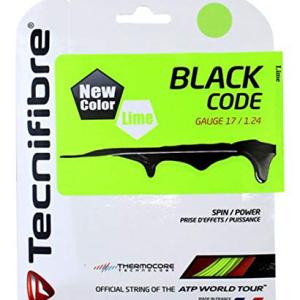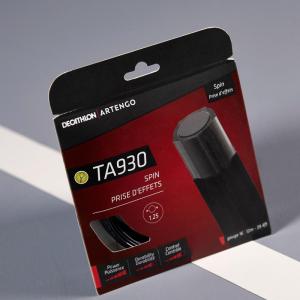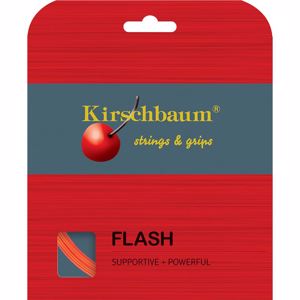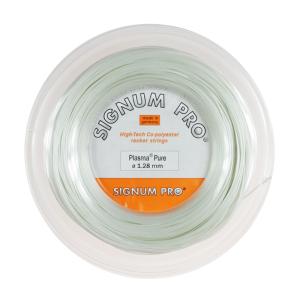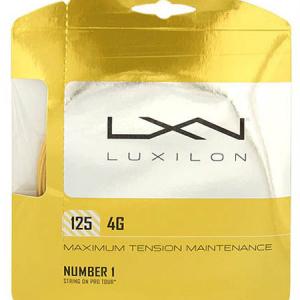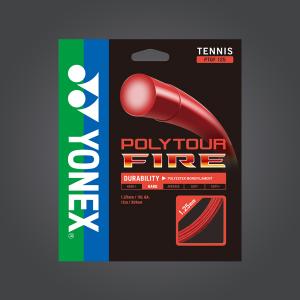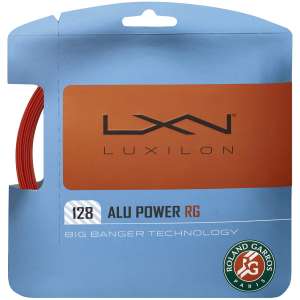Monofilament Tennis Strings
Monofilament strings are made from a single filament, usually polyester, and are particularly appreciated by advanced players and professionals for their control, durability, and ability to generate spin.
Main Features
- Material: Polyester or copolyester, sometimes treated to improve softness and durability.
- Structure: A single filament with a circular or polygonal cross-section, designed to provide a smooth surface and reduce friction.
- Durability: Generally more durable than multifilament strings, ideal for players who hit with power and generate a lot of spin.
Advantages
- Superior control: The conformation of the monofilament allows for better control of the ball, especially useful for precise and powerful shots.
- Resistance: Monofilament strings tend to resist wear better compared to other types of strings.
- Spin generation: Their structure allows for better spin potential, helping players generate higher levels of spin.
Disadvantages
- Reduced comfort: The increased stiffness can be less comfortable, increasing the risk of injuries such as tennis elbow.
- Lower power: Compared to multifilament strings, monofilaments offer less power, requiring a more precise playing technique to achieve the desired power.
- Tension loss: They may lose tension more quickly, affecting performance over time.
Ideal For
- Advanced and professional players seeking control and durability.
- Players who hit with power and generate high levels of spin.
- Players willing to sacrifice some comfort for superior performance.


